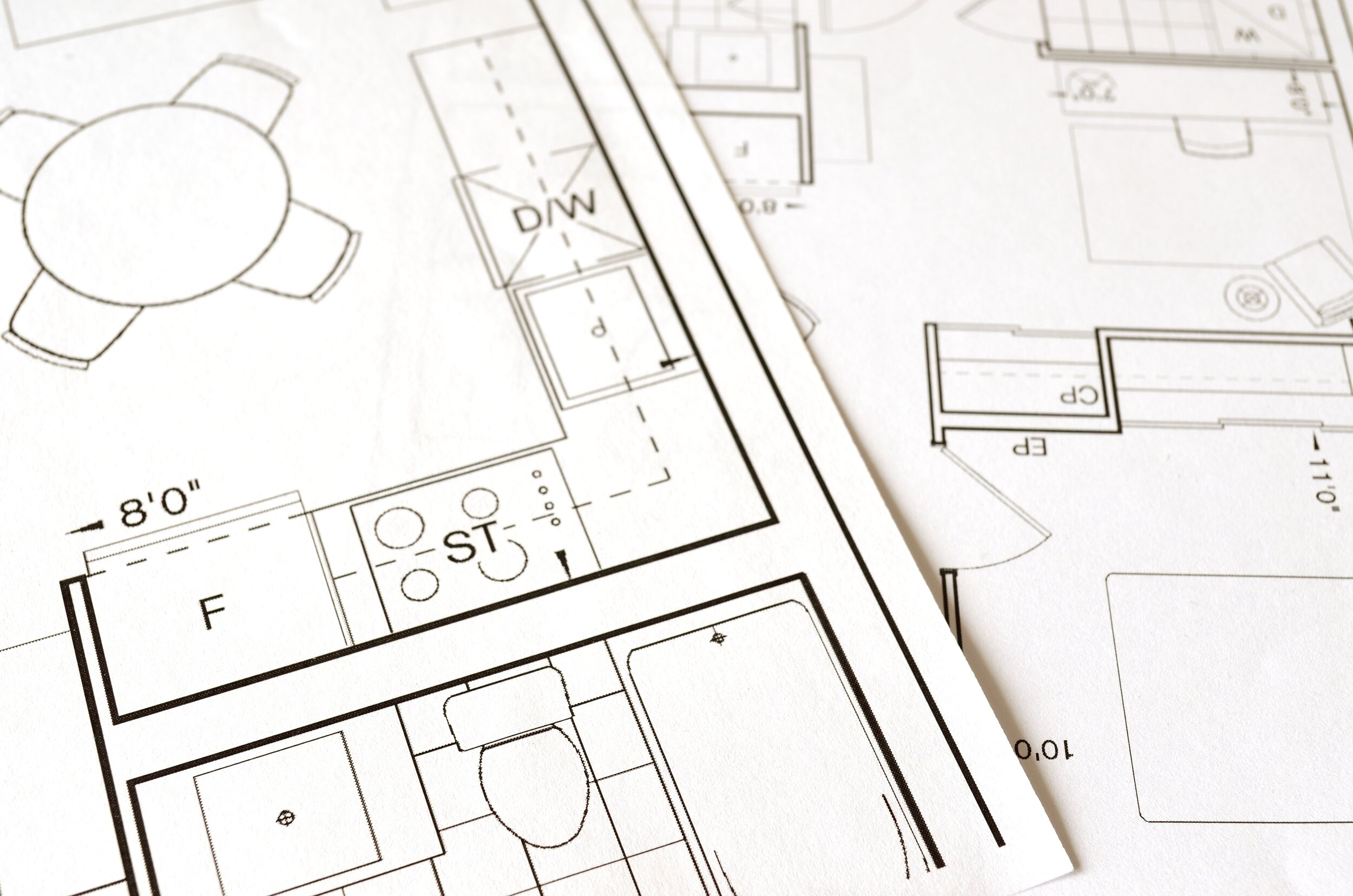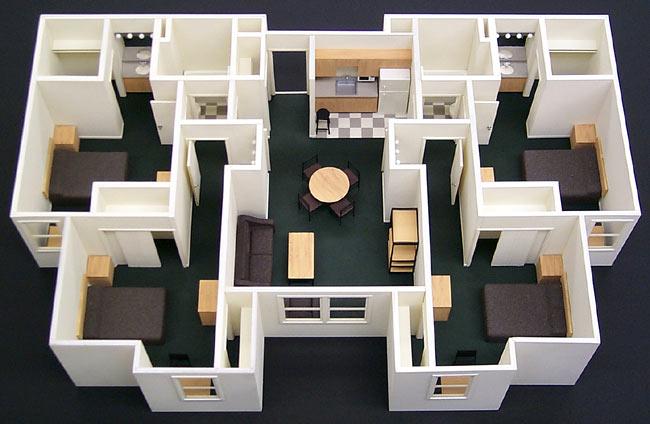Interior Styling Near Me: Create the Perfect Ambiance for Your Home
Interior Styling Near Me: Create the Perfect Ambiance for Your Home
Blog Article
Making The Most Of Aesthetic Allure: The Synergy Between Interior Design and Home Designer Techniques
Recognizing the subtle interplay in between indoor style and home architecture can significantly boost the aesthetic appeal of a space. This marriage of layout self-controls involves a thoughtful assimilation of architectural aspects with interior formats, and a proficient application of concepts such as balance, comparison, and rhythm. As we explore this harmony, we will certainly uncover methods to create aesthetically striking and functional atmospheres that not just mirror personal design, however additionally adapt to the vibrant needs of contemporary living.
Understanding the Fundamentals: Specifying Interior Design and Home Architecture
Interior decoration and home design, frequently linked, stand for the aesthetic and structural elements of our living rooms. Interior Design is a diverse technique that involves producing useful, safe, and visually pleasing rooms inside a building. It includes aspects such as furnishings plan, shade coordination, and accessory choice. On the various other hand, home architecture mostly concentrates on the solid structure of a structure. It includes developing a practical and aesthetically pleasing structure that stands the test of time. It incorporates elements such as area sustainability, preparation, and building and construction. Both areas call for a deep understanding of human actions, culture, and psychology. Each plays a vital function in shaping our living settings, adding to our general convenience, performance, and wellness.
The Harmony Explained: Exactly How Indoor Layout and Home Architecture Intersect
Understanding the synergy between interior decoration and home architecture can open a world of creative thinking and performance. When discussing this intersection, the impact of architecture on insides is a critical element to take into consideration. This discussion will concentrate on the unifying style principles that mix these 2 fields into an unified whole
Unifying Layout Concepts
While it may appear that interior decoration and home style are two distinct techniques, they are in fact deeply interconnected, developing a synergy that is important for producing harmonious home. Unifying style concepts are the columns that promote this symbiosis. The concepts consist of equilibrium, rhythm, contrast, consistency, and emphasis. These aspects coalesce to offer a cohesive visual appeal. Equilibrium develops a sense of security, rhythm provides a sense of activity, harmony makes sure unity, contrast sparks passion, and focus accentuates crucial components. The strategic application of these principles allows a smooth blend of appearances and function, improving the overall experience of the room. Fundamentally, these concepts offer as the bridge, unifying interior decoration and architectural practices.
Building Influence on Insides
The intertwining of interior style and style becomes also more obvious when one considers the architectural influence on insides. Building components are inherent to an area's capability and aesthetics, shaping the design from the start. Their harmony is hence undeniable: design establishes the structure, which indoor style enhances with shade, decoration, and structure.
Key Principles in Harmonizing Interior Design and Home Design
Striking a balance in between functionality and aesthetic appeal is a basic facet of balancing interior style and home style. An equally essential concept is the integration of lasting layout to create energy-efficient and environmentally friendly homes. Finally, understanding and checking out different architectural designs can additionally play a crucial duty in accomplishing a harmonious design.

Balancing Capability and Looks
Balancing capability and appearances in interior design and home style arises as one of the paramount principles to take into consideration. Visual appeal uplifts the state of mind and affects the assumption of space, whereas functionality ensures use and comfort. Equally crucial is the effective arrangement of the room, with a tactical design contributing considerably to the synergy between performance and aesthetics.
Lasting Layout Integration
In preserving the equilibrium between functionality and visual appeals, one have to also consider the integration of lasting style principles. This technique not only enhances the visual appeal of a room yet likewise guarantees its longevity and minimized ecological effect. The key depend on selecting materials that are green, resilient, and appealing. This includes natural, recycled, or low-impact materials that add to a much healthier and a lot more sustainable world. Designers and developers can likewise incorporate energy-efficient systems, such as energy-saving home appliances or solar panels. Ensuring great interior air high quality via sufficient all-natural lighting and air flow is important. A harmonious combination of interior style and home architecture, directed by sustainability, can produce rooms that are attractive, practical, and eco friendly.
Exploring Building Styles
While there are a huge selection of architectural designs to discover, it is essential to recognize that every one carries its unique principles that can substantially influence the harmonization of interior decoration and home style. These styles, varying from the elaborate Baroque to the minimal Modernist, lug distinctive ideologies and appearances that, when appropriately understood and made use of, can create homes that are not just visually stunning yet also sympathetically integrated in terms of layout and design. Selecting an architectural design is not merely about personal visual preference; it is regarding selecting a style language that talks with the home owner's way of living, ideology, and desires, producing a home that is a real reflection of its residents.
Case Studies: Outstanding Instances of Layout and Design Harmony
Exploring some outstanding study offers an extensive understanding of just how style and architecture can sympathetically combine to produce engaging and useful rooms. The famous Fallingwater residence, made by Frank Lloyd Wright, exceptionally shows this harmony. Wright's design masterfully incorporates your house with its surrounding landscape, while the indoor mirrors the exterior's organic types. An additional instance is the minimalistic Tadao Ando's Church of Light in Japan. The designer attained a perfect equilibrium between simplicity and drama, using raw concrete and light. Inside, the raw, marginal layout develops a sense of peace and spiritual consideration. These instances show the value of harmony in between indoor style and architecture in attaining functional and visual success.
Practical Tips: Enhancing Your Home's Visual Charm
Attracting inspiration from the case research studies of architectural and layout synergy, homeowners too can apply some sensible methods to enhance their home's aesthetic appeal. An unified blend of shades, appearances, and illumination can enhance a space, site here developing a cozy and inviting environment. Selecting furnishings that enhances the architectural elements of your house can foster a feeling of unity. Wall surface art and decoration pieces can include character, reflecting personal style and taste. Including greenery, either via interior plants or sights to the outdoors, can bring a component of nature, providing a calming effect. Smart use of mirrors can open up a room, offering an illusion of a pop over here larger location. Eventually, the aesthetic charm depends on balancing performance with layout, developing a home that is both comfortable and gorgeous.

Future Patterns: Exactly How Modern Techniques Are Transforming Interior Design and Design
As the world evolves, so do the patterns in interior decoration and design. Modern techniques are increasingly focusing on sustainability, including green products and energy-efficient designs. Innovation plays a critical role, with smart homes becoming the norm, incorporating AI and IoT for boosted performance. Furthermore, minimalism remains to get traction, highlighting simpleness, performance, and clutter-free spaces. This is frequently coupled with biophilic design, drawing ideas from nature and advertising wellness. Moreover, the pandemic has sped up the requirement for adaptable, multi-purpose rooms, blurring the lines between job and home. These trends mirror a change towards designs that are not just cosmetically pleasing, but also environmentally conscious, highly progressed, and adaptable to changing lifestyles.
Conclusion
Finally, the combination of interior decoration and home architecture methods is a vibrant strategy to enhancing aesthetic allure. By leveraging vital principles like rhythm, equilibrium, and comparison, and incorporating components of modern living, developers can produce functional, aesthetically pleasing environments. Through recognizing this harmony, homeowners can make informed decisions that not only raise their home but also add to their overall wellness.
Understanding the refined interplay in helpful site between interior layout and home style can considerably boost the aesthetic allure of a living space.Indoor design and home design, usually linked, stand for the aesthetic and architectural aspects of our living rooms.While it may appear that interior layout and home architecture are 2 distinctive techniques, they are actually deeply interconnected, creating a synergy that is vital for producing unified living areas.The intertwining of interior layout and architecture comes to be even extra apparent when one takes into consideration the architectural influence on insides. An unified fusion of interior design and home style, assisted by sustainability, can develop spaces that are lovely, useful, and ecologically friendly.
Report this page